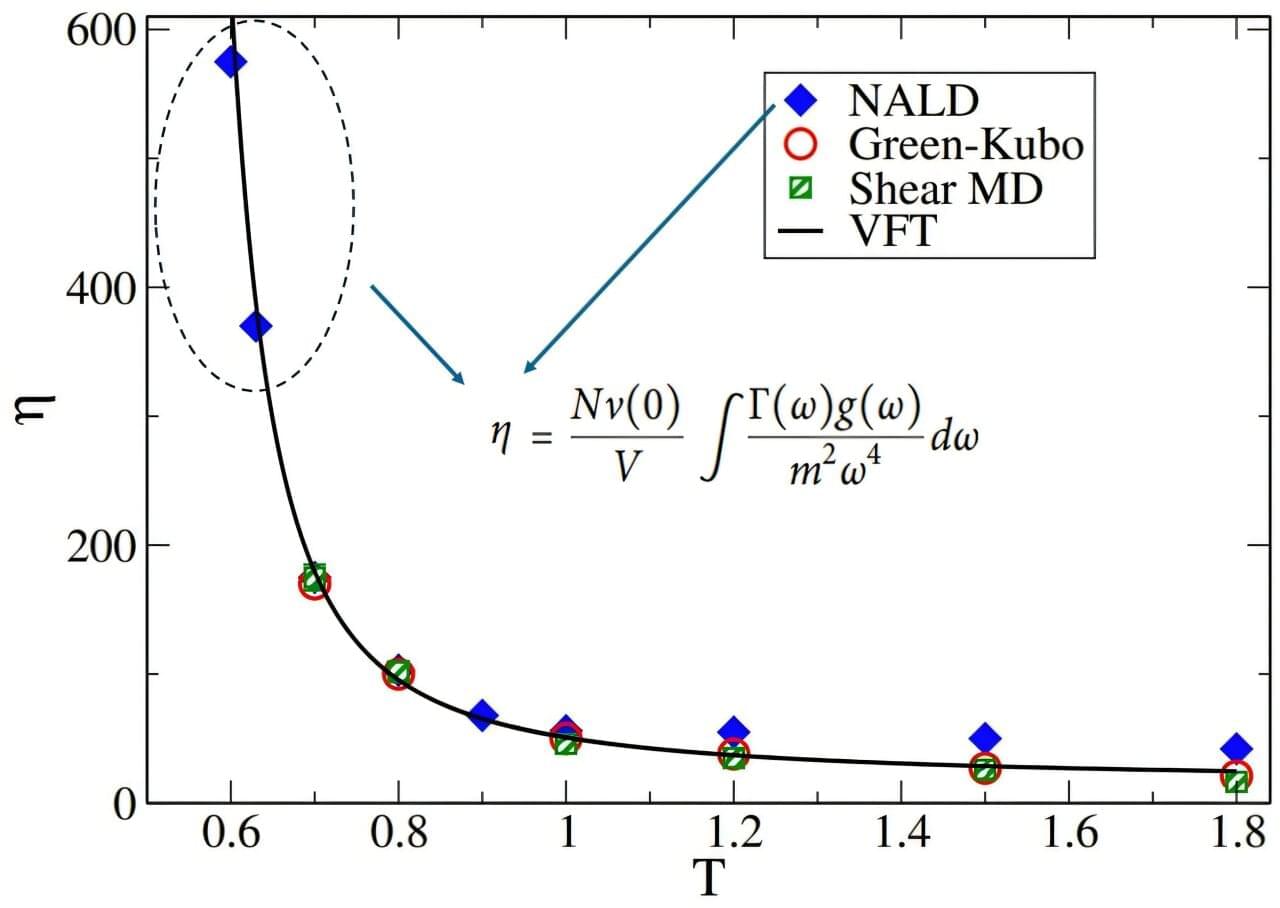We rarely think about how liquids flow—why honey is thick, water is thin or how molten plastic moves through machines. But for scientists and engineers, understanding and predicting the viscosity of materials, especially polymers, is essential.
Viscosity governs how substances deform and flow under stress, which in turn affects how they are processed, how they behave in industrial pipelines, in environmental settings, or in consumer products, and how they respond to changing temperatures.
Traditionally, to calculate the viscosity of a liquid or polymer melt based on molecular simulations on computers, people rely on a method called the Green–Kubo formalism. It works by tracking how internal stresses fluctuate and decay over time inside a simulated material at thermodynamic equilibrium.
